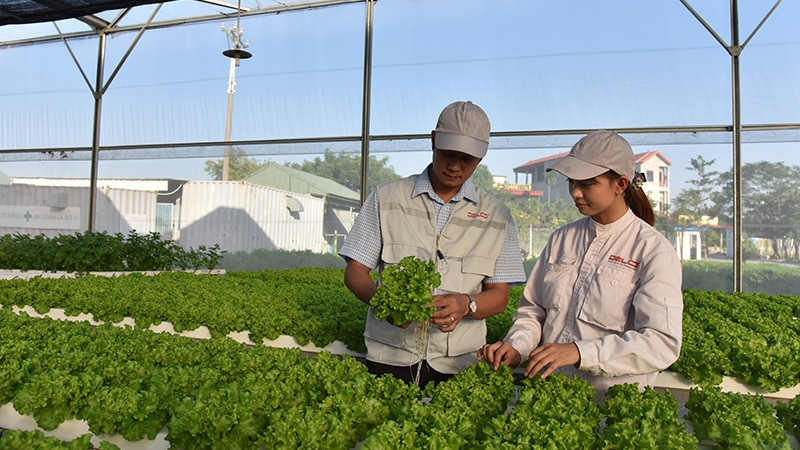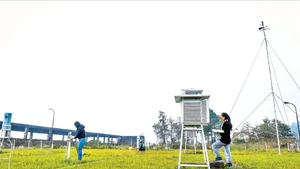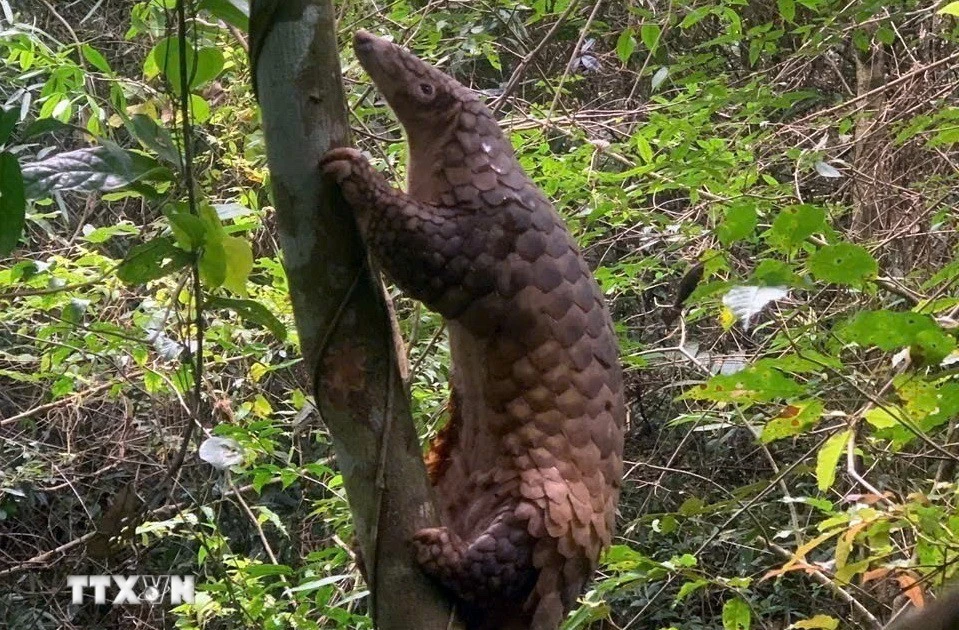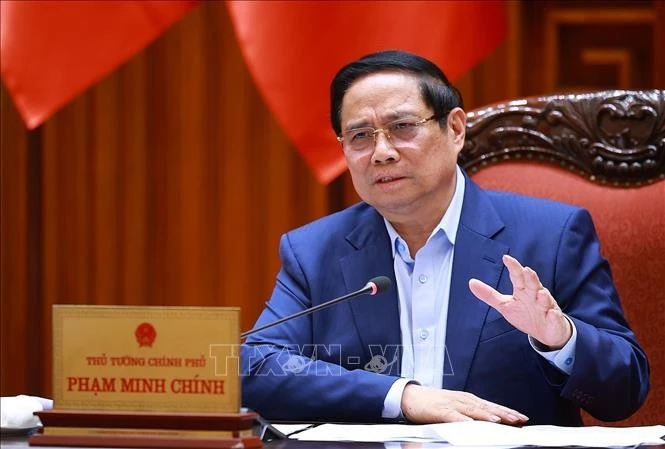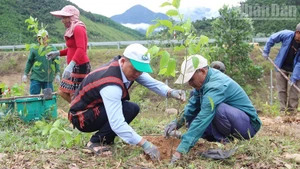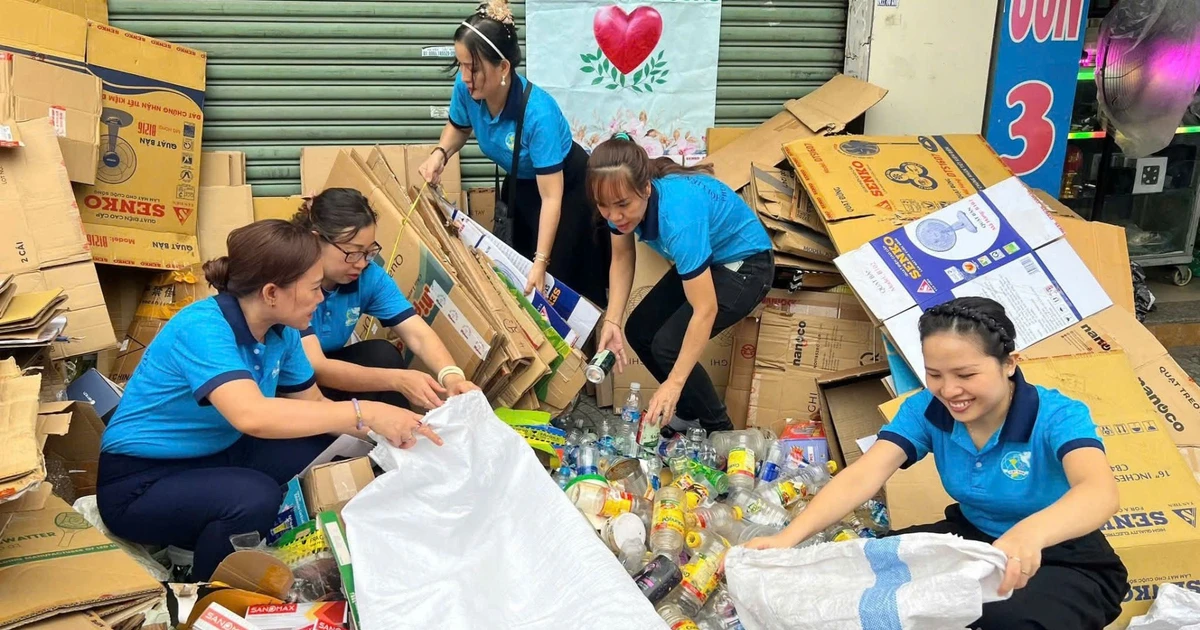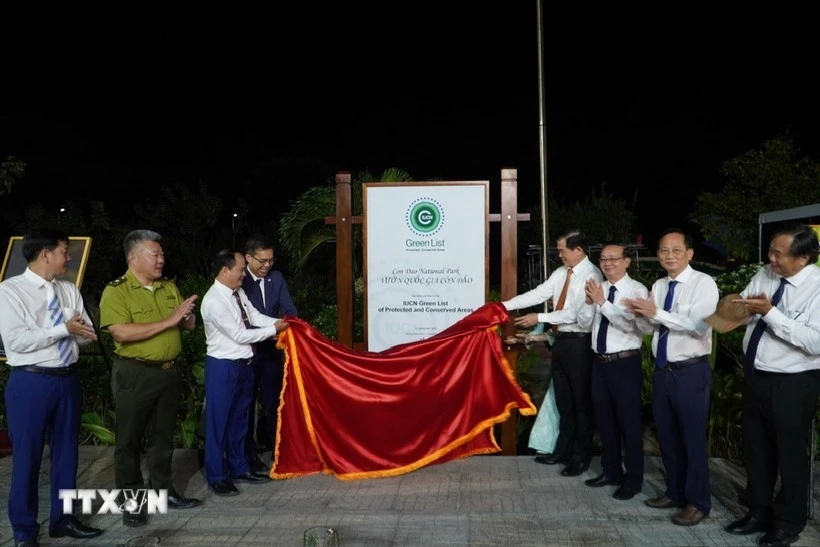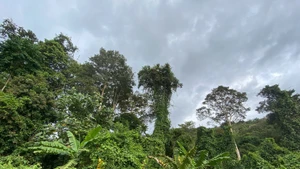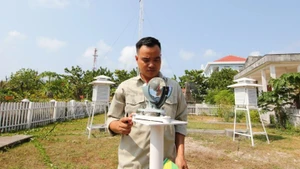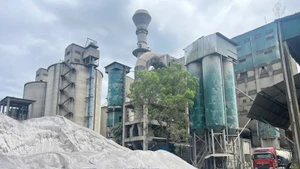The traditional economic development model, based on the principle of exploiting resources from the natural environment as an input to the economic system, after the process of production, consumption, and finally disposal into the environment, leads to the depletion of natural resources, an increase in waste and pollution and environmental degradation.
Therefore, unlike the traditional economy, the circular economy is an economic model that focuses on resource management and resource regeneration in a closed loop, aiming to minimise the generation of waste.
At the 2022 Hanoi Geoengineering conference, with the goal of building and developing innovative solutions in Earth science to promote the circular economy, solve urgent environmental problems, and contribute to sustainable development, Minister of Natural Resources and Environment Tran Hong Ha emphasised that in order to contribute to socio-economic recovery after the COVID-19 pandemic, as well as to solving the problem of ecosystem collapse, scientists need to thoroughly study the laws of nature to contribute to regulating human behaviour towards nature in the direction of obeying the laws of nature.
It is necessary to switch from exploitation and exploitation of nature to investment and restoration. In particular, it is necessary to clearly show the pioneering role in finding new values, providing possible solutions for landfilling and storing carbon in exploited mines, and searching for clean raw materials and renewable energy.
At the same time, it is necessary to discover the potential of geological and geomorphological values for socio-economic development to replace the exploitation of non-renewable natural resources, laying the foundation for the development of a circular economy and a green economy.
In order for the circular economy to develop sustainably in association with environmental protection, respond to climate change, and build a prosperous, safe and sustainable nation; scientists, managers and businesses need to find out what solutions to regenerate natural resources, environmentally friendly materials, green materials, renewable energy and clean energy (hydroelectricity, tidal energy, wind, solar and geothermal).
It is necessary to sustainably exploit and use natural resources, natural capital, biodiversity and ecosystems, eco-tourism, natural heritage conservation, integrated model of sustainable use of natural resources, and distribution and use of natural resources.
Recently, there have been a number of case studies on the transformation of agricultural activities in the Mekong Delta. The results of this study have suggested agricultural models suitable for natural conditions, enhancing and optimizing the cycle of matter and energy, and at the same time improving the value of the products obtained.
These are contents applying science and interdisciplinary to develop circular economy from the household scale to economic regions in the Mekong Delta in the future.
In addition, a number of studies have proposed circular economic models in Vietnam such as the model of economic-ecological-environmental integration and reduction of free migration in border areas, the smart urban model on adapting to climate change in Can Tho, and the circular agricultural economic model in Quoc Oai (Hanoi).
These are the initial results to develop, generalise and build circular economic models on a regional, inter-regional and national scale in the coming time. In addition, studies on sustainable use of natural resources and sustainability, associated with the direction of circular socio-economic development, improving the sustainability of the proposed natural, socio-economic system.
In fact, solutions aim to reuse agricultural materials as pollutant absorbing materials, while minimising environmental impact, applying technology and artificial intelligence in natural disaster management, monitoring and warning, using green materials in construction, reusing thermal power waste in building materials, and utilising mine wastewater to recover useful metals. The solutions have come into play.
These solutions serve the goal of increasing the reuse of materials in manufacturing industries, reducing waste, and achieving the goals of circular economic and social development in the context of climate change and global change.
